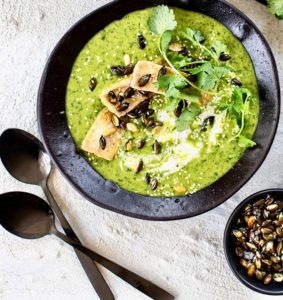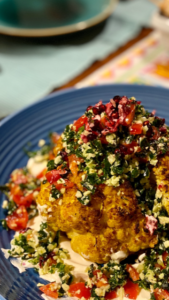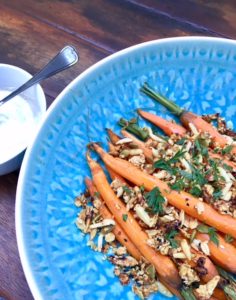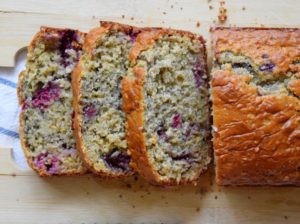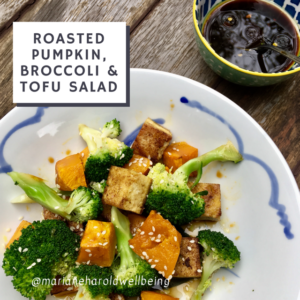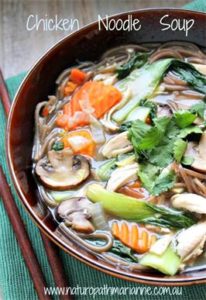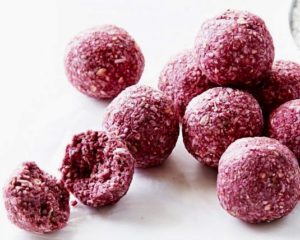What’s the Fuss About Fasting?

I was surprised the other day when a client, whom I had advised to practice time restricted eating (fasting) said her doctor had told her fasting is dangerous! Fasting is a practice that holds a place in most ancient philosophies and religions and has been a practice in many cultures for thousands of years. Our ancestors did not always eat 3 meals a day, but by comparison in our modern era we are able to eat constantly and often do.
The act of eating causes inflammation. When we eat we raise our insulin levels. Whenever you eat you stimulate insulin and eating all the time will chronically elevate insulin. Excess insulin is the primary cause of weight gain and many chronic health conditions including Diabetes Type 2, heart disease, brain degeneration and fatigue.
One of the primary functions of fasting is ‘autophagy’ which is a regulated mechanism necessary for cellular detoxification and acts to rejuvenate cellular building blocks and energy production.
In addition, when our bodies are fasting, it mobilizes glycogen from the liver and the muscles. When our glycogen stores are depleted, our metabolism shifts and we start to mobilize fat and use it to create ketones, a source of energy that helps the brain to function more efficiently. Our neuronal (brain) cells are protected from toxins associated with Alzheimer’s & Parkinson’s Disease, and growth of new brain cells is stimulated.
Benefits of Fasting:
- Reduced insulin levels and lower blood sugar levels
- Reduced oxidative stress & inflammation levels = reduced ageing
- Improved brain health & protection against neurodegenerative disease
- Autophagy = cellular cleansing
- Increased energy production
- Reduced risk of heart disease & high blood pressure
- Decreased leptin levels = appetite control
- Improved gut microbiota = better balance in the gut microbiome
Fasting is defined as ‘deprivation of all or some food = calorie restriction’. Fasting can be done in different ways:
- Modified therapeutic fasting
- Very low calorie diet
- Calorie restriction
- Intermittent fasting
- Water fasting
What is Autophagy & Why do we need it?
Autophagy (awe-toff-a-gee) is a mechanism in healthy cells which clears out unwanted cellular debris (detoxes), and rejuvenates cellular energy.
- It pushes out viruses and bacteria and prevents premature cell death.
- It slows ageing and increases longevity by reducing oxidative stress.
- Autophagy in the liver plays a role in prevention of liver diseases (especially fatty liver) by flipping the metabolic switch.
- In the brain it breaks down toxins that are involved in the development of Parkinson’s & Alzheimer’s disease.
Ageing leads to declining autophagy. Dysregulated or failing autophagy predisposes the body to increased cell death, metabolic disease, kidney disease, neurodegeneration and cancer.
Calorie restriction (fasting), exercise and certain nutrients such as cucumin, rhodiola, Vitamin C, polyphenols and coffee to name a few, promote autophagy.
Is fasting for everyone?:
There are also some situations in which people who should not fast. These include people who may have, be or are experiencing:
- osteoporosis
- pregnant or breastfeeding
- thyroid conditions
- Some endocrine conditions
- adrenal exhaustion
- liver and kidney disease
- dementia
- Diabetes
- mental disorders
- children
There are types of fasting that can be easily adapted into our lifestyle in the appropriate way, however very often people fast incorrectly and do not achieve the results they hope for. If you would like to know about more about fasting and how it can improve your health I would be happy to help. Contact Marianne on 0417875718.

